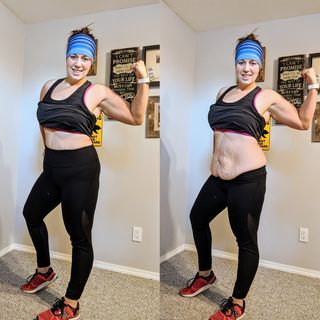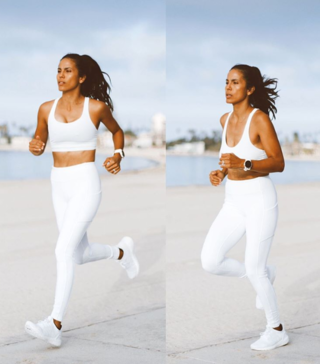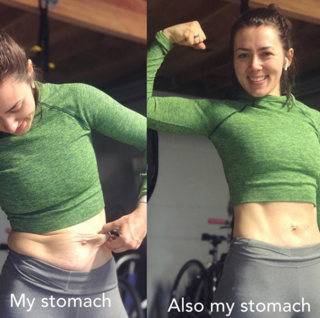Body Image
Do “Instagram vs. Reality” Posts Make a Difference?
New research suggests exposing the fake side of Instagram might help body image.
Posted December 6, 2019 Reviewed by Gary Drevitch

Interest in the psychological impact of Instagram has grown as the photo-based social media platform continues to increase in popularity. Over 37 percent of U.S. adults are Instagram users, and teens use Instagram more than any other social media platform. The average user spends nearly a half-hour per day on Instagram, scrolling through hundreds of user-posted photos and videos.
Many users post photos that paint an unrealistic image of who they are. Instagrammers may select the one perfect photo out of dozens of carefully staged attempts. Some deliberately contort their bodies into the most flattering positions – shoulders back, stomach sucked in, head precisely tilted. Photo editing tools (both built into the Instagram platform and available via third-party apps) can push these posts further into the land of the unreal. However, newly published research suggests that posts exposing these types of images as fake may improve women’s body image.

A wide variety of studies have demonstrated that viewing a steady stream of ultra-beautiful images of people on social media can have a negative impact on body image.
When you see these types of images, it can be almost impossible not to compare yourself to them. And if everyone in those images looks perfect, it’s only natural that you may end up feeling worse about your own appearance as a result.
Some Instagram users have built massive followings by mocking the overly-perfected posts of celebrities, models, and influencers. Others have begun posting side-by-side comparisons between the Insta-perfect version of one of their own photos and its real-life equivalent. The hashtag #instagramvsreality is a popular way to identify these sorts of posts.

A new study tested the possibility that clearly identifying perfected images as fake could disrupt the comparison process, possibly blocking any negative impact on body image. Researchers collected a set of 15 “Instagram vs. Reality” posts and randomly assigned women to view one of three versions of these images. Participants were 305 U.S. women aged 18 to 30. In the “contrast” condition, women viewed the side-by-side images in their original format. The contrast, in this case, was between the manipulated perfection of a typical Instagram shot and the more realistic version shown alongside it. In the “real” condition, women only saw the realistic version of the image. In the “ideal” condition, women only saw the perfected version. Researchers edited all of the photos to hide the number of likes and comments, but otherwise they looked like typical Instagram posts. Women saw each of the 15 images for five seconds and completed measures of body dissatisfaction before and after viewing the set.
Not surprisingly, results revealed that women’s body dissatisfaction increased if they only looked at the “ideal” versions of the Instagram images. Increases in body dissatisfaction were particularly notable in women who reported comparing themselves to the images.
However, the good news is that women who saw the #instagramvsreality posts and the women who saw only the “real” side of the posts showed decreases in body dissatisfaction. In other words, viewing realistic images of women that allow for flaws and imperfections may lead to a more positive body image.
Researchers asked participants whether they believed the images they saw were promoting a specific message, and if so, what that message was. For the side-by-side “Instagram vs. Reality” images, 80% of women said the message being promoted was that Instagram is unrealistic. In the “real” condition, 86% believed the images were promoting a message of body acceptance or body positivity. However, in the “ideal” condition, results were more mixed. Forty-four percent of women in this condition believed the images were sending a message about feeling confident and looking good, but 25% felt that the women in the images wanted to show off their body and get attention.

The authors of this research were careful to note that #instagramvsreality posts are rarely inclusive of the range of women’s bodies. Although the “reality” side of these posts may offer a refreshing counterpoint to carefully posed and edited photos, the women who post these side-by-side comparisons are often relatively thin and attractive even without editing – they just look even closer to cultural beauty ideals after editing.
Nonetheless, results suggest that the popular quote “Comparison is the thief of joy” (usually attributed to Teddy Roosevelt) has some truth to it. However, it seems to matter who the target of your comparison is. We may have more luck accepting our own bodies if we see more realistic and diverse representations of other bodies in our social-media feeds. By following users who regularly challenge the frequent phoniness of Instagram posts, we can practice appreciating the diversity of human bodies and perhaps learn to appreciate our own bodies along the way.


